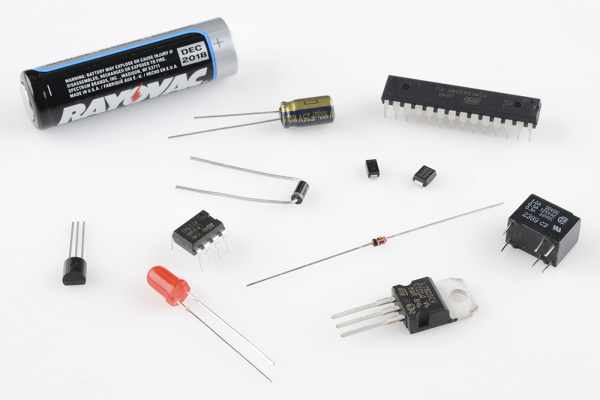diode polerity
Contents
- What is Polarity?
- Diode and LED Polarity
- Integrated Circuit Polarity
- Electrolytic Capacitors
- Other Polarized Components
- Resources and Going Further
What is Polarity?
In the realm of electronics, polarity indicates whether a circuit component is symmetric or not. A non-polarized component -- a part without polarity -- can be connected in any direction and still function the way it's supposed to function. A symmetric component rarely has more than two terminals, and every terminal on the component is equivalent. You can connect a non-polarized component in any direction, and it'll function just the same.
A polarized component -- a part with polarity -- can only be connected to a circuit in one direction. A polarized component might have two, twenty, or even two-hundred pins, and each one has a unique function and/or position. If a polarized component was connected to a circuit incorrectly, at best it won't work as intended. At worst, an incorrectly connected polarized component will smoke, spark, and be one very dead part.
Polarity is a very important concept, especially when it comes to physically building circuits. Whether you're plugging parts into a breadboard, soldering them to a PCB, or sewing them into an e-textile project, it's critical to be able to identify polarized components and to connect them in the correct direction. So that's what we're here for! In this tutorial we'll discuss which components do and don't have polarity, how to identify component polarity, and how to test some components for polarity.



Comments
Post a Comment